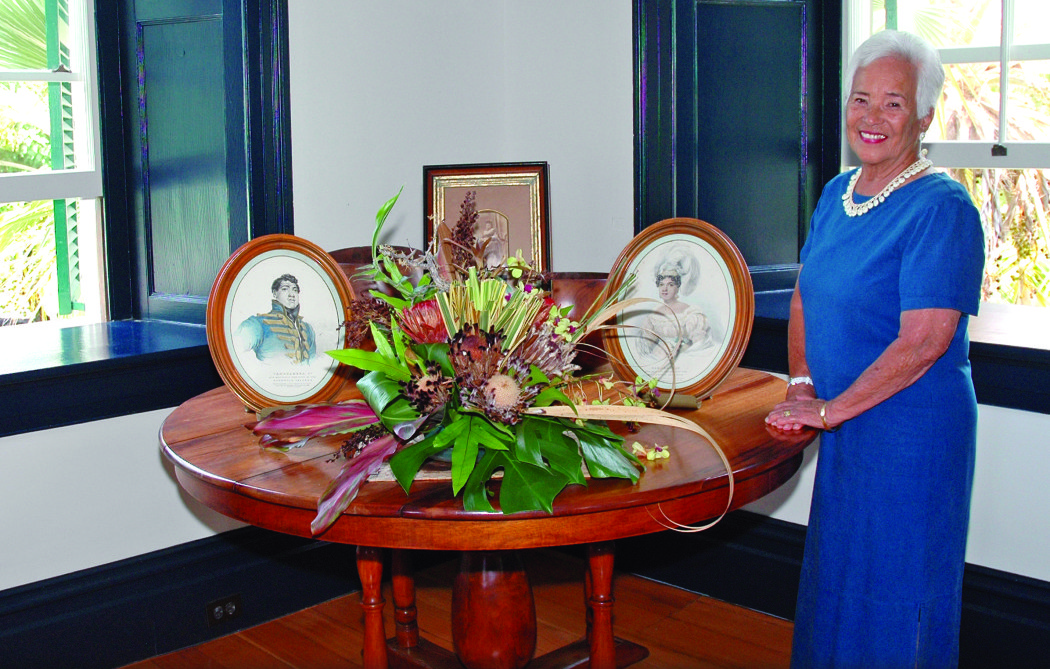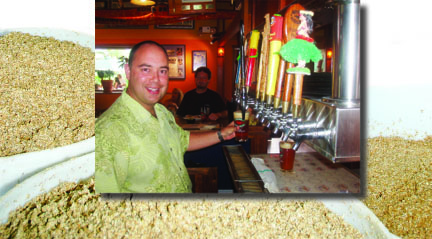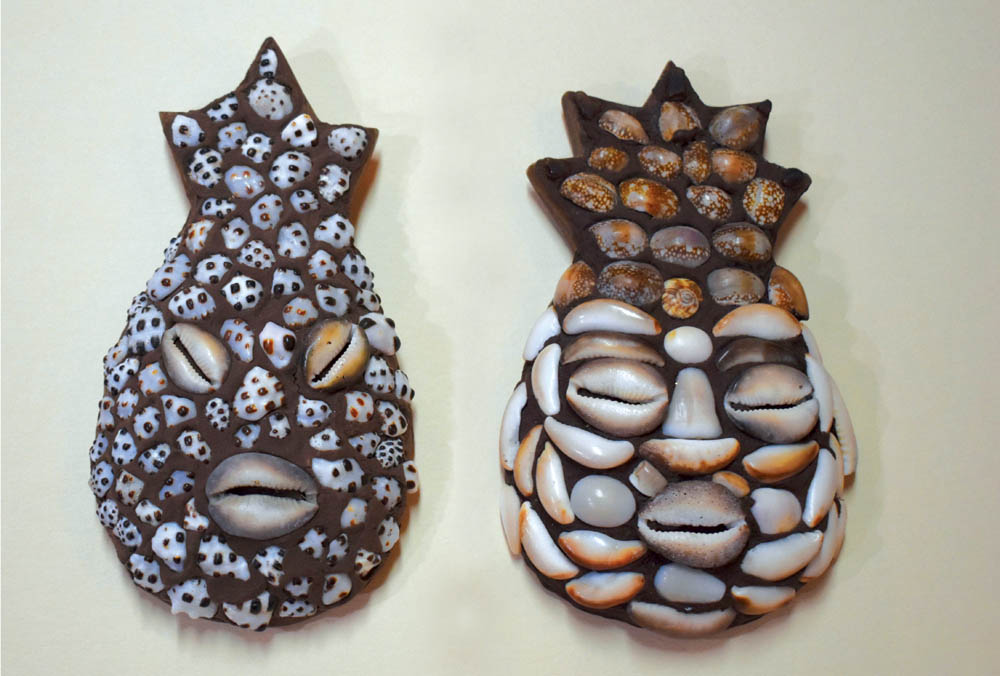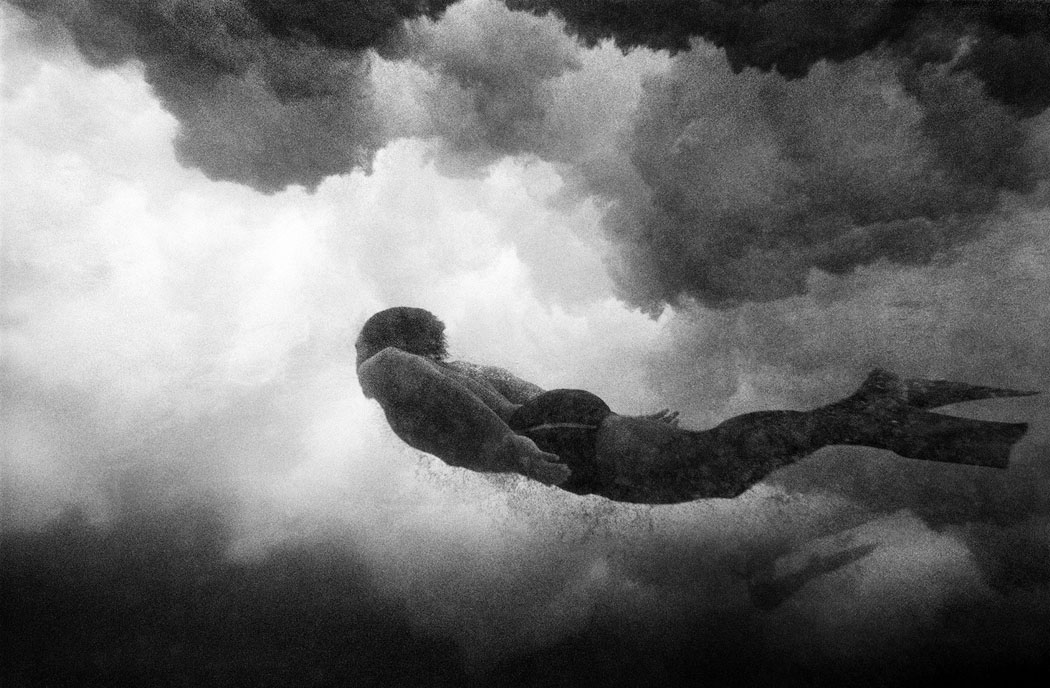
A Beloved Daughter Retires: Fanny Au Hoy
 By Fern Gavelek
By Fern Gavelek
She walks through the treasure-filled rooms—fingering the china, straightening a photo frame, smoothing a quilted bedspread and then opening wide an upstairs window. As the fresh air fills the stately bedroom, Aunty Fanny turns around and grins. If only rooms could talk.
Fanny Au Hoy has been telling the stories of these rooms since 1977, when she began volunteering as a docent at Hulihe‘e Palace. Recruited by her mother, the late Aunty Lei Collins, who was then palace curator, Fanny learned about every artifact in each room. She became a walking encyclopedia of the palace history and the lives of those who lived there, so that Hawai‘i’s kings and queens could come alive for visitors.
Downstairs, she would point out the spectacular trunk used by Queen Kapi‘olani to carry her belongings to England in 1887 for Queen Victoria’s Golden Jubilee. Upstairs she told of Princess Ruth, who outlived three husbands and preferred to sleep outside in a thatched hale.
Thirty-five years later, the rooms still resonate with stories as Aunty Fanny relays tales of interesting visitors and unexpected donations. She relishes memories of merry celebrations and recalls a host of challenges presented by a slew of natural disasters: two hurricanes, a devastating earthquake and
a tsunami.
“It’s easy to fall in love with Hulihe‘e Palace,” Fanny says, her eyes glistening. “It really is the jewel of Kailua-Kona. I have always embraced it and wanted to make it more beautiful.”
With that in mind, Fanny followed in her mother’s footsteps, succeeding Aunty Lei as palace curator, administrator and docent coordinator starting in 1988. Working with the Daughters of Hawai‘i, who operate and maintain both Hulihe’e and Queen Emma Summer Palace in Honolulu at no cost to the state, Fanny held the post until last fall, when she decided to retire.
“Of course you never really leave,” says Aunty Fanny, 78, a life-long Daughters of Hawai‘i member. “I want to say mahalo to our palace kūpuna, past and present, for their guidance and belief in me all these wonderful years.”
As a Daughter, Aunty belongs to an exclusive group of women who are directly descended from a person who lived in Hawai‘i prior to 1880. The organization strives to perpetuate the memory, facts and spirit of Old Hawai‘i, and “to preserve the nomenclature and correct pronunciation of the
Hawaiian language.”
Fanny says her goal was always to “leave the palace better,” so it could be enjoyed for generations to come. “And that’s what I set out to do.”
In the 1970-80s, when Kailua-Kona was “hardly a tourist hub,” Fanny and Aunty Lei made a great team. Using knowledge gained from their sales and ambassador jobs with Aloha and Mid-Pacific Airlines, the women came up with a plan to raise needed operational funds for the palace.
“Mom and I knew our small admission fees and tiny gift shop couldn’t support the palace, so we decided to connect with travel desks and the Hawai‘i Visitors Bureau to attract business,” recalls Fanny. “We soon found we could get additional income with incentive tours.”
Relationships made with concierge and tourism professionals blossomed and soon the palace was called to serve as a location for corporate parties. “Before we knew it we had become an event venue—and really the most affordable one on this side of the island,” states Fanny. “Caterers and event planners were very attracted to our historic quality and seaside location.” To accommodate on-site functions, the caretaker’s cottage was converted to the present-day Kuakini Building, with a kitchen and improved restrooms.
Fanny considers the idea of opening up the palace for rentals as an important legacy left by the mother-daughter team. In addition to weddings and local fundraisers, today the palace serves as a reception venue for world-class events like the Ford Ironman World Championship and the Hawai‘i International Billfish Tournament. “Our rental business enabled us to increase our revenue to continue the Daughters’ mission and do daily maintenance on our buildings and grounds,” she adds.
Upkeep on the 1838 Hulihe‘e Palace, which was placed on the National Register of Historic Sites in 1973, is no small endeavor. Any repairs or restoration must be done consistent with how the palace looked in the mid-1880s. That date, which covers the time when King David Kalākaua lived there, enables the palace to preserve its two oceanside lanai, stucco exterior and Victorian-era grandeur. It’s also why Aunty Fanny oversaw the building of the palace’s “cookhouse,” Hale Kuke, in 2006. While used as badly-needed office space, the addition is a reconstruction of the Merrie Monarch’s cookhouse, circa 1885, which served as the palace’s kitchen.
Ten years apart, Hurricanes ‘Iwa (1982) and ‘Iniki (1992) brought flooding to the oceanside palace grounds and Fanny remembers how the people of Kona turned out to help with sandbags and cleanup. “Henry Cho from the County and Jeff Lee of The Club showed up with helpers and their efforts prevented severe flooding in the basement,” she said.
The palace wasn’t so lucky during the March 2011 tsunami, when the basement filled with five feet of water. Before the tsunami sirens sounded, Fanny recalls coming to the palace with her husband Sam at
10 p.m.
“We were soon joined by palace office manager Anita Okimoto and others,” said Fanny. “We filled a truck and two sedans with precious artifacts, computers and office equipment.”
The group returned the next day to find the basement filled with ocean water and swimming fish.
“Our volunteers came down and helped with the cleanup. Even people passing by stopped and lent a hand. We were blessed that no water entered the ground floor. There were dead fish everywhere and so we didn’t have to fertilize the grounds for awhile,” chuckles Fanny, with her trademark sense of humor.
The tsunami came not that long after repairs and restorations were completed from the October 2006 earthquake. While Fanny was devastated when she saw the damaged Hulihe’e after the earthquake, she thinks of it as a blessing in disguise. “We got some much-needed, modern repairs and re-enforcement done by restoration experts,” she says of the 2.5-year project.
Technology and education makes restoration of historic things easier today, according to the long-time palace administrator. “When we had the gold leaf picture molding restored in 1979, we had to send it all the way to Europe,” she remembers. “After the earthquake, our architect located a gal born-and-raised on Maui who was schooled in this particular technique and could take care of it for us—so much more convenient.”
Sharing stories of how the community pitches in, Fanny says a Kailua-Kona resident and woodworker, Charlie Emmett, volunteers to repair broken palace furniture. “He was recruited by our Calabash Cousin Shirley Finan,” says Fanny. (The Cousins serve as a support group for the Daughters.)
Ken Smith, a repeat visitor from California, is attempting to fix Princess Kaiulani’s music box–a gift the late princess received from Robert Lewis Stevenson while studying in England. The box is displayed in the Second Floor Sitting Room.
People from afar have lent a hand, too. “Some time ago, a Boston resident wrote to us offering to donate Lokelani china. He saw a story about us in a magazine with a picture of the same china in the Kuhio Room,” Fanny said. “It’s always gratifying to know our efforts are appreciated and to get a donation to add to our collection.” Recent donated acquisitions include a yellow mamao feather lei and a pocket watch belonging to Prince David Kawānanakoa.
Of course, dollar donations are appreciated too and, while sizeable contributions are few, Fanny recalls getting a gift from a visitor who never entered the palace. “He was walking his service dog on the grounds. When we asked him if he would kindly remove his dog, he asked us some questions about the palace. A couple days later, he called us and offered a sizeable donation to be used for a specific purpose, something he saw we needed to have done. It was a nice surprise and much appreciated.”
Even though Fanny has retired as a palace employee, she is still volunteering and willing to lend a hand to her successor, Casey Ballao. During a recent palace visit, she checked to see if the furniture had been polished while Calabash Cousins, who were staffing the palace during a busy “boat day,” flocked to her for hugs and catching up on news.
“The palace is in good hands,” notes Fanny, looking all around the downstairs entry hall. “Now all we have to do is embrace what we have, feel the spiritual mana of where our ali‘i walked and share all that is Hawai‘i Nei.”
Contact writer Fern Gavelek at ferng@hawaii.rr.com.
More info at http://daughtersofhawaii.org


